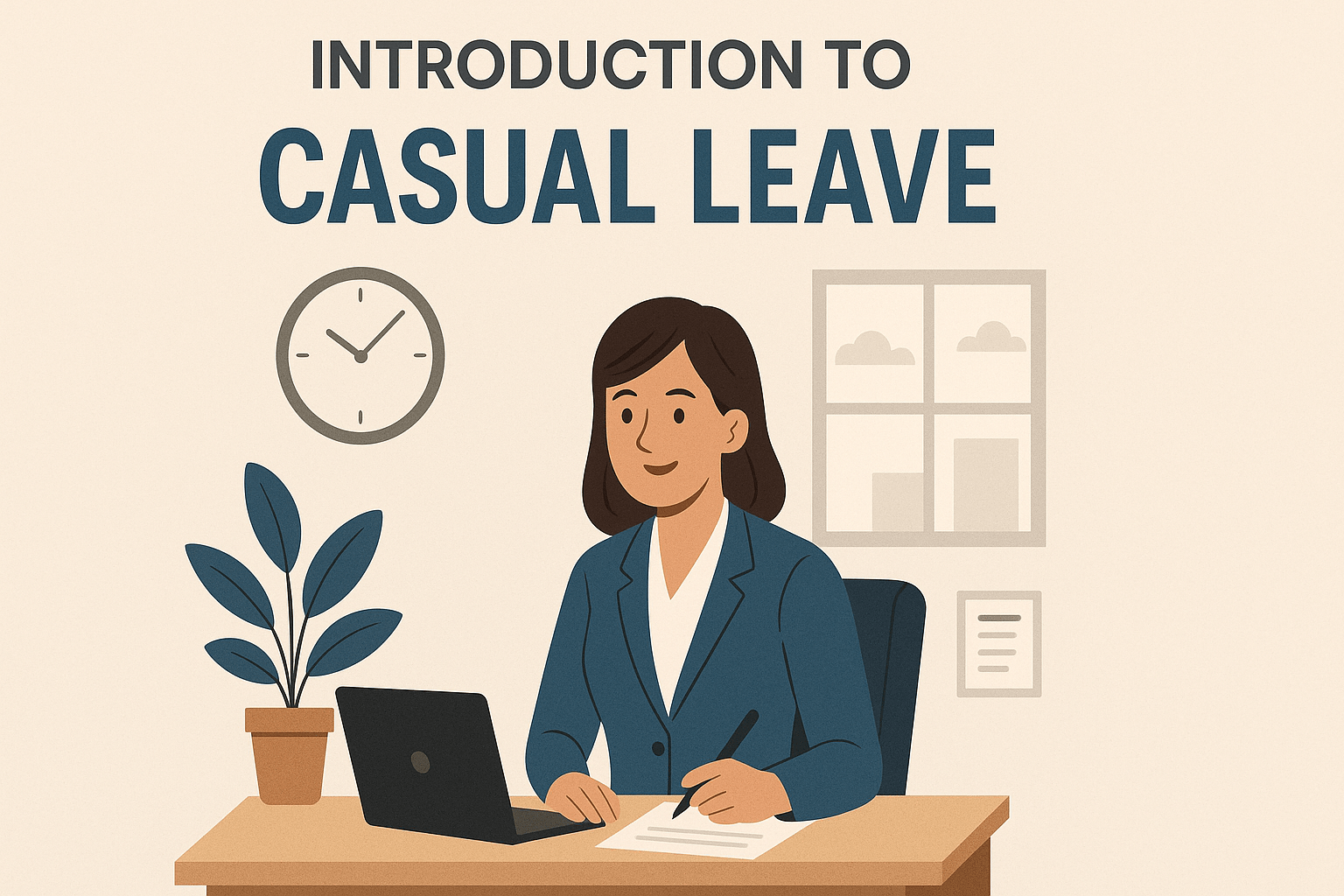Every company has to deal with their employees leaving at some point: it’s an inevitable part of running a business. What isn’t as inevitable, fortunately, is the disruption that a departing employee can cause. That’s something that a company has some influence over, and an employee’s notice period plays a large part in that.
The question is, just how long does an employee’s notice period have to be? Do you have to give a member of staff adequate notice if you’ve decided to part ways with them, and do they have to do the same for the company? To answer these questions and more, this post looks into how to calculate an employee’s notice period at the end of their employment.
How much notice does an employee have to give?
A lot, if not most, of the time, the length of an employee’s notice period will be stated in their employment contract. If not, they’re obliged to give you the statutory minimum when they’re leaving the company. Similarly, you’re obliged to give them the same amount of notice if you’re terminating their contact.
Statutory minimum notice periods are as follows:
- Less than 1 month: Not necessary
- 1 month – 2 years: 1 week
- 2 – 12 years: 1 week for every year of employment (capped at 12 weeks’)
So, in general, the longer an employee has been with a company, the longer their notice period will be. All things considered, it’s best – for the business and your employees – to include notice periods in your company’s employment contracts and to make employees aware of the length when they first begin their employment. It ensures everyone is on the same page and avoids any potential friction if they decide to seek employment elsewhere.
Zero-hour contract workers
However, there’s also the interesting matter of zero-hour contracts workers. Technically, those on zero-hour contracts are considered workers as opposed to employees and have different employment rights – including those surrounding notice. Now, legally, you’re under no obligation to give workers on zero-hours contracts any notice but doing so is a simple professional courtesy that gives them a chance to look for another job. Plus, not only is it considerate and fair but it also preserves your professional relationship in case you need them in the future.
On the other hand, zero-hour contract staff don’t have to work their notice: they could just not agree to any shifts during their notice and, in essence, leave before the period is up. That doesn’t mean you can just stop offering them work, however, as it could cause them to claim discrimination and take your company to an employment tribunal. For this reason, it’s best to give zero-hour contract workers the legal minimum notice as a protective measure at the very least.
Salary, benefits, and perks during this period
Employees receive their normal salary during their notice period. If an employee’s wages tend to fluctuate, then they’ll be paid an average of what they earned over the last 12 weeks. Also, if circumstances have resulted in a staff member being on furlough, they’re entitled to 100% of their salary during their notice period, not the 80% rate they may have been paid while on furlough.
Now, in regards to benefits, employees are still allowed to take annual leave during their notice period and are still entitled to any other perks stipulated in their employment contract. In the event they have any outstanding holiday allowance when they leave the company, they should be compensated for it in full in their final salary payment.
Payment in lieu of notice (PILON)
Alternatively, if your company doesn’t want an employee to work during this time, for whatever reason, they’ll receive PILON instead. This will be the same amount they would have earned during their this period, along with outstanding annual leave, commissions, bonuses, etc.
ScheduleLeave is online absence management software that makes it simple to track each of your employee’s days off and subsequently calculate any outstanding annual leave if they move on. If you’re interested in finding out how much time ScheduleLeave can save your company, sign up for a free trial today.




